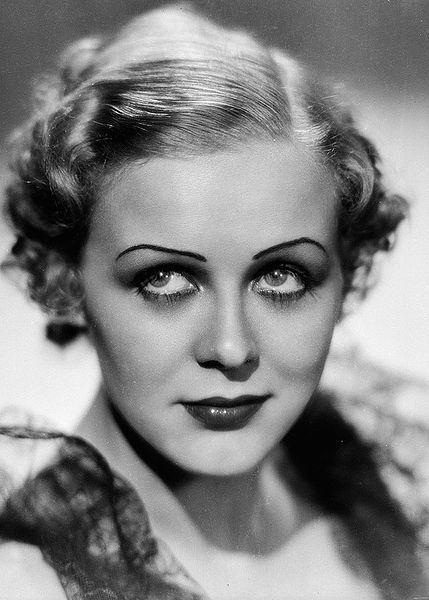William Claude Rains was a British and American actor whose career spanned almost seven decades. After his American film debut as Dr. Jack Griffin in The Invisible Man (1933), he appeared in The Adventures of Robin Hood (1938), Mr. Smith Goes to Washington (1939), The Wolf Man (1941), Casablanca (1942), Kings Row (1942), Notorious (1946), Lawrence of Arabia (1962), and The Greatest Story Ever Told (1965).
Rains in Now, Voyager (1942)
Rains in his captain's uniform during the First World War
A 23-year-old Rains in one of his early theatre roles, 1912
Rains with Mary Kennedy in Camel Through the Needle's Eye on Broadway, New York City, 1929
The Invisible Man (1933 film)
The Invisible Man is a 1933 American science fiction horror film directed by James Whale based on H. G. Wells' 1897 novel, The Invisible Man, produced by Universal Pictures, and starring Gloria Stuart, Claude Rains and William Harrigan. The film involves a Dr. Jack Griffin (Rains) who is covered in bandages and has his eyes obscured by dark glasses, the result of a secret experiment that makes him invisible, taking lodging in the village of Iping. Never leaving his quarters, the stranger demands that the staff leave him completely alone until his landlady and the villagers discover he is invisible. Griffin goes to the house of his colleague, Dr. Kemp and tells him of his plans to create a reign of terror. His fiancée Flora Cranley, the daughter of his employer Dr. Cranley, soon learn that Griffin's discovery has driven him insane, leading him to prove his superiority over other people by performing harmless pranks at first and eventually turning to murder.

Theatrical "Style B" release poster by Karoly Grosz
Gloria Stuart in 1933
Director James Whale (left) on set of The Invisible Man
Pre-release "teaser" poster by Grosz.








